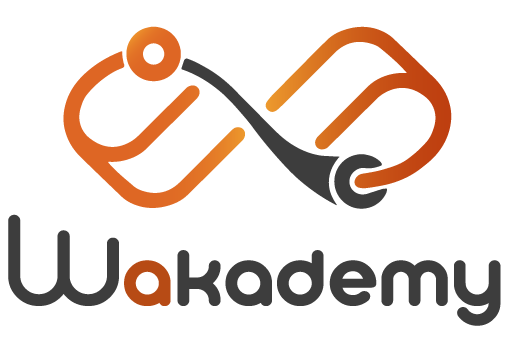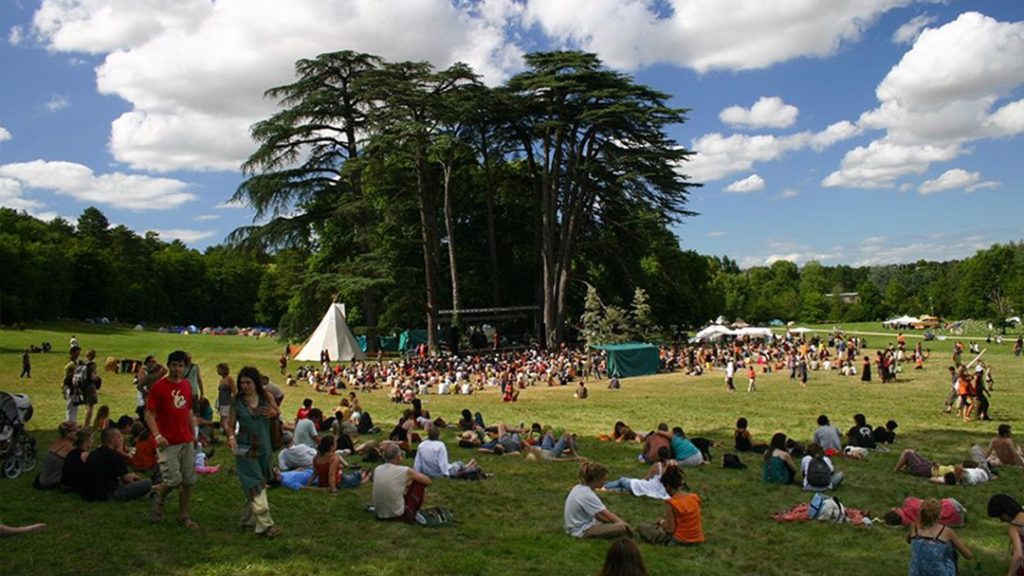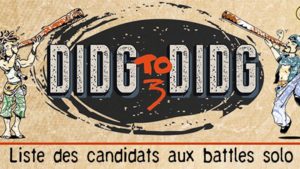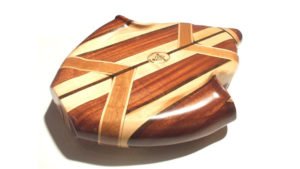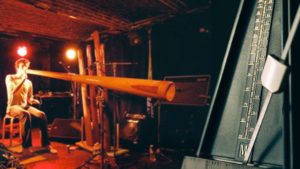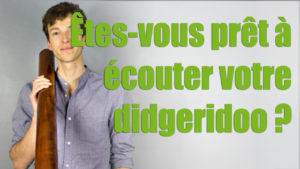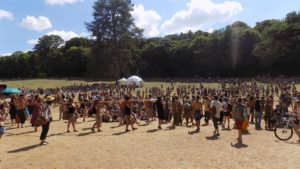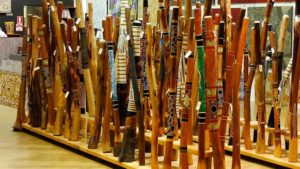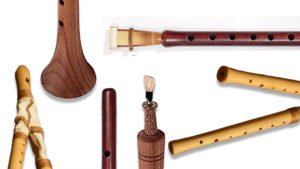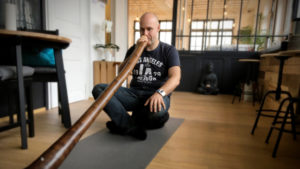This article is an automatic translation, it will be proofread and corrected by a “human” translator. If you want to help translate Wakademy, feel free to contact me!
Every year in July, the Aboriginal Dream Festival (Le rêve de l’Aborigène) will take place like every year at Airvault in Deux-Sèvres. So I said to myself that this was the opportunity to share with you some of my most vivid memories. This year in 2016, the festival is in its 15th edition and is already sold out even before opening its doors! Yes Airvault has become one of those festivals that we do not miss. However, it took several years for fame to win out over anonymity.
Over the years, the organizers and (many!) Volunteers have followed one another to bring this festival to life, which, we must admit, is timeless. Today, it is also for them that I am writing this article. All these enthusiasts without whom the French didgeridoo would not have been so prolific over the past 15 years …
First of all
The Aborigines’ dream presented to those who discover it
A video shot in 2015 by France 3, who came to film the festival.
2002 – The first festival: A few hundred players in a large meadow
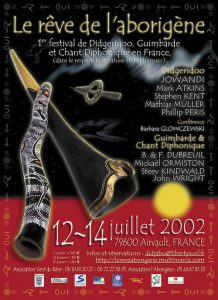 The first edition of the festival took place in July 2002. At that time, the internet was in its infancy. It was through word of mouth that his existence resonated in the walls of the Passerelle, a meeting place for the Dijon association of didgeridoo.
The first edition of the festival took place in July 2002. At that time, the internet was in its infancy. It was through word of mouth that his existence resonated in the walls of the Passerelle, a meeting place for the Dijon association of didgeridoo.
Imagine the windfall: you have known the didgeridoo for six months and we tell you that a festival around your favorite instrument is being set up!
Needless to say, the decision to go was made very quickly!
I don’t know how many we were at this first edition. However, I wouldn’t take any chances by announcing a few hundred. And among the crowd, almost only didgeridoo players. Suffice to say that at this time, we could hear the biniou singing in all directions and at all hours!
It was the first large French gathering around the harmonic trio: didgeridoo, harp harp and overtone singing. On stage, 70% of the programming was didgeridoo, the remaining 30% was divided between jaw harp and overtone singing.
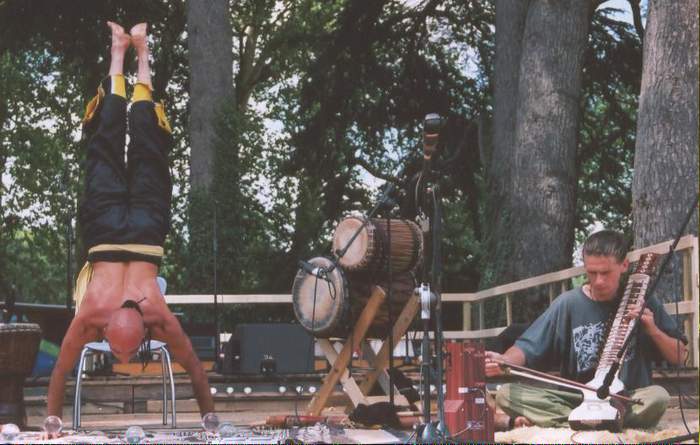
Unfortunately videos weren’t that popular at the time. We can still glean some photos on the web.
This first edition was significant on many points. First of all, Denra Dürr who played us her album Lezard Mystery in the village hall: incredible clarity. Followed by Matthias Muller (Swiss player) who played a song called the tornado. Hearing this song name, I wondered how he could reproduce a tornado with a didgeridoo. I found it almost pretentious.
Then he played and I understood.
With my few months of playing experience, I was literally stunned by his performance! I still remember the sounds that came from either side of my head. Mathias, if you read me, bravo! I understand better, by remembering these memories, what the didgeridoo can provoke as sensations to neophytes.
The festival also hosted the massive sound of Mark Atkins … When you discover all of this suddenly, you are catapulted into another world !! The first festival will mark the start of a great adventure. It is thanks to him that France is today one of the most active countries in the world in the didgeridoo.
Mark Atkins in 2004 at Airvault
2003 – From the storm to the village hall
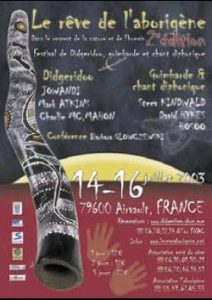 Sometimes there are years that mark more than others. And 2003 is certainly the great year in the history of the Aboriginal Dream. We don’t know why but something happened there. It’s invisible, intangible, and yet everyone feels it.
Sometimes there are years that mark more than others. And 2003 is certainly the great year in the history of the Aboriginal Dream. We don’t know why but something happened there. It’s invisible, intangible, and yet everyone feels it.
What gave this unforgettable taste is certainly this enormous thunderstorm which circled the site for several hours to end up falling on all the festival-goers. It was grandiose, the concerts continued until the last moment.
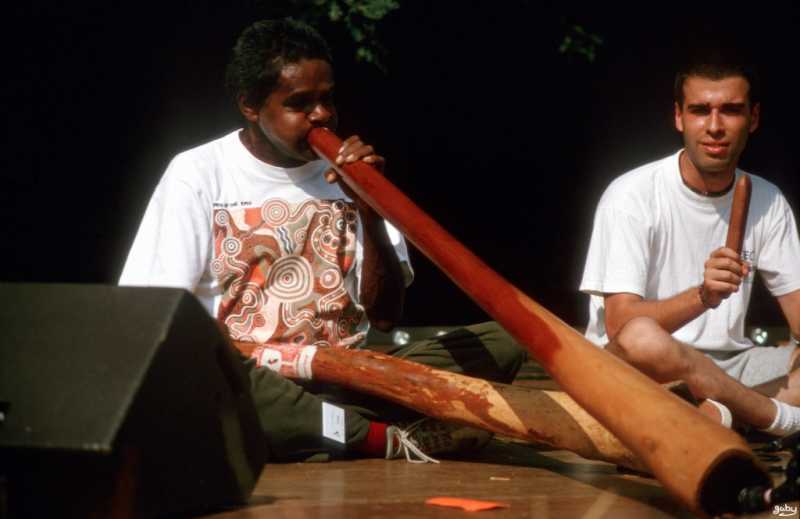
Alan Dargin had marked us all this stormy year.
We all ran into the village hall to take refuge. Might as well warn you, those who had waited too long were literally soaked. Alan dargin , then Ansgar Stein, had then played in acoustics in the center of the public installed in a circle. The “bad” weather had pushed the festival to improvisation for the greatest happiness of all …
2004 – My first free scene!
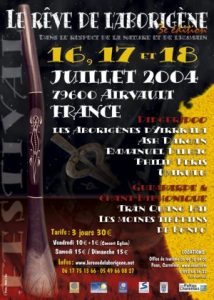 Another memory, much more personal, is that of my passage on the free stage of the festival. At that time, the free stage was in the village hall on Saturday and Sunday mornings. And after a little over two years of didgeridoo, I decided to play it: it was the big leap. It was my first “real” scene. For the anecdote, on returning from the festival, I came across a post bearing my name and full of praise on France-didgeridoo (the very active French-speaking forum at the time) which spoke of me … This is the kind of thing that encourages you to keep going even though I didn’t know it yet traps that awaited me.
Another memory, much more personal, is that of my passage on the free stage of the festival. At that time, the free stage was in the village hall on Saturday and Sunday mornings. And after a little over two years of didgeridoo, I decided to play it: it was the big leap. It was my first “real” scene. For the anecdote, on returning from the festival, I came across a post bearing my name and full of praise on France-didgeridoo (the very active French-speaking forum at the time) which spoke of me … This is the kind of thing that encourages you to keep going even though I didn’t know it yet traps that awaited me.
I’m not sure what I remember, but I think it was also the year when the organization decided to ban alcohol. What had caused a general outcry! I, who did not drink, was delighted. And over time, this non-alcoholic content has become one of the reasons for the festival’s success. Well done for having dared to assert this difference!
More generally, all these early years had one thing in common: appeals for donations. It was always the same mechanism: the festival presenter went up on stage and passed a message: “Friends, we need you, if you want to help us keep the festival alive, we have set up a box to receive people. your donations … ”
Every year it broke my heart to hear that the festival might not be renewed.
But finally it was in 2005 that the first festival-goers arrived in droves after having advertised at the Saint Chartier festival which ended the week before the festival.
2005 – The first didgeridoo and beatbox mixes
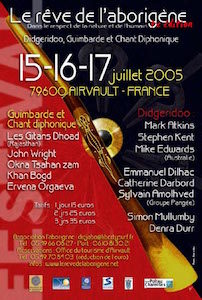 At that time, I began to look for sounds “apart from vibrations” to mark the rhythms with things other than over vibrations. Inspired by Mathias Muller and his album “Passion”, I had already developed some sounds.
At that time, I began to look for sounds “apart from vibrations” to mark the rhythms with things other than over vibrations. Inspired by Mathias Muller and his album “Passion”, I had already developed some sounds.
But I was far from knowing what to expect.
One afternoon, around a stall, I heard the first sounds from the BeatBox: Kelu was testing a didgeridoo. One sound, the PCHI, particularly impressed me. So I asked him if he could replay it and explain it to me. He agreed to play it again but let me figure out how to produce it.
I have always liked challenges. So I was looking until the evening when an ox had improvised in a Yurt. I had almost found the right sound when Luc finally gave me the final settings to fine-tune the sound. It was the very beginning of the mix between Beatbox and didgeridoo, a great moment! Thanks Kelu!
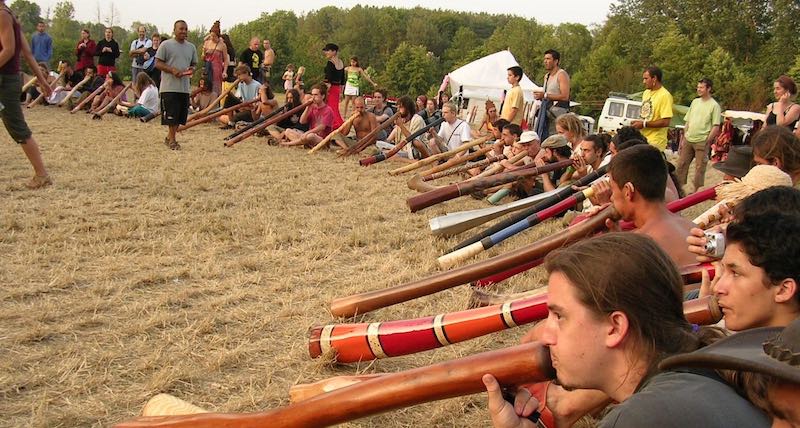
The 2005 Aboriginal Dream Corroboree. Sylvestre Soleil (one of the organizers) hits the clock in the middle of the circle.
2007 – Ondrej Smeykal – Stephen Kent and a free stage!
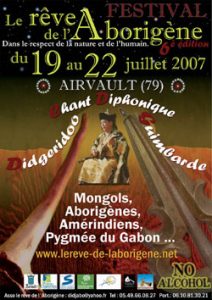 That year, Airvault brought in a player who invented a very special style: Ondrej Smeykal. That year, the organization had a 4-day festival. Ondrej played on Thursday evenings.
That year, Airvault brought in a player who invented a very special style: Ondrej Smeykal. That year, the organization had a 4-day festival. Ondrej played on Thursday evenings.
Simply impressive in terms of precision and power!
I remember, I was in the front row facing the stage, I couldn’t even applaud, I was so impressed with the performance. Ondrej had everyone agree.
Ondrej Smeykal on stage, watch vintage video in its original form!
I also remember Stephen Kent who made the audience sing while playing his rhythms as only he knows how to make them sound.
2007 is also the memory of the release of my first album. At that time, I played on the free stage every year, often accompanied by Zalem. We were a bit of a duo from the free scene. We had a good time anyway. 🙂
For the nostalgic, a little video compilation of this 2007 edition.
The duet with Zalem is at the end of the video (thank you Bouly!)
Conclusion: too many memories jostle …
I could go on like this for hours … And here I give you the memories that come to me spontaneously. Of course, there would be plenty of others: Mark Atkins and his road train-worthy solos, Steeve Kindwal and his double flute, Umkulu and Si who made us dance, the hundreds of Thai people (in front of the stage cedars on the left, they are the best of the festival!), queuing at the campsite for the chance to take a shower, the oxen that lasted until dawn, naps in the grass listening to the music, beautiful encounters …
Thanks to everyone who made this possible. The didgeridoo owes you a lot.
I stop there because I am curious to also read your memories. If you had to choose three, which would it be? Go ahead, share your memories!
Photo sources: the Aborigines’ dream

